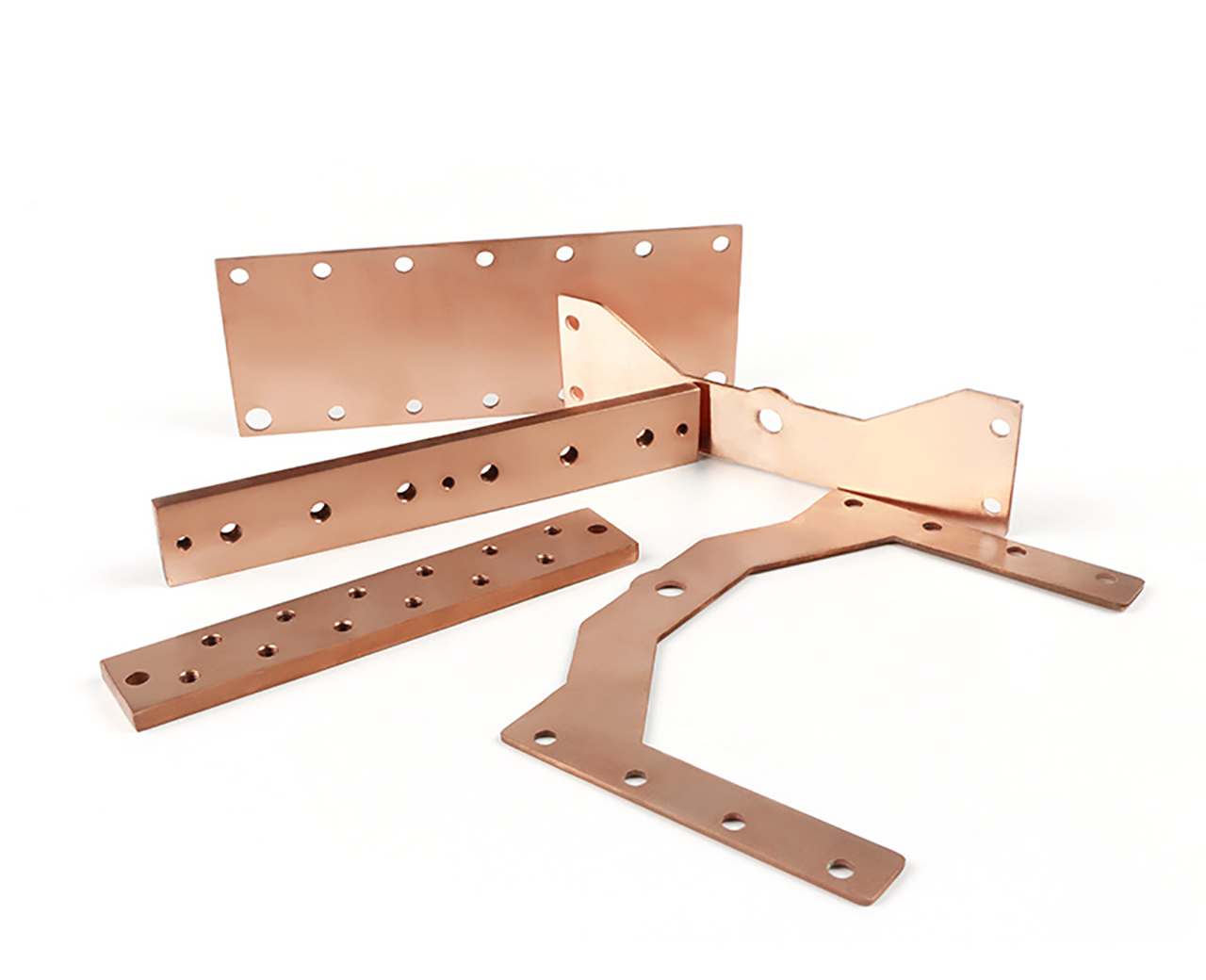2025-08-14 15:39:14
A copper bus bar is a critical component in electrical systems, designed to efficiently distribute electricity while maintaining high reliability and low energy loss. Known for its excellent conductivity and durability, Copper Bus Bars are widely used in industrial, commercial, and renewable energy applications. In this article, we will explore the features, installation steps, safety considerations, and applications of copper bus bars, while naturally incorporating key search terms relevant for buyers and engineers worldwide.

Copper bus bars provide several advantages over traditional cabling:
High Conductivity and Low Resistance
The exceptional electrical conductivity of copper ensures minimal energy loss. When considering what is the resistance of a copper bus bar, it is essential to choose the correct cross-section for the expected current load.
Durability and Strength
From a heavy copper Bus Bar Designed for high-current industrial applications to lightweight flexible designs, copper bus bars are engineered to withstand mechanical stress and vibration.
Flexible Designs
Options such as CU Flex Busbar, Braided Copper Strap, and Busbar Flexible allow for dynamic connections where movement or vibration is present.
Plating and Insulation
Copper bus bars can be plated with tin (Tin Plated Copper Bar) or left bare (Bare Busbar) depending on corrosion resistance requirements. Copper Busbar Insulation ensures safety in compact electrical panels.
Customizable for Specific Applications
Copper bus bars can be custom-made for Copper Busbar Battery connections, renewable energy systems, or industrial machines. Techniques like how to make a copper busbar or how to bend copper bus bar allow engineers to fit them precisely into any setup.
Installing a copper bus bar correctly ensures efficiency and safety:
Plan the Layout
Determine the ideal position in your control panel or battery system. Ensure sufficient clearance for heat dissipation and accessibility.
Select the Appropriate Bus Bar Type
Choose between Busbar Copper, CU Flex Busbar, or Braided Copper Strap based on current requirements and flexibility needs.
Mounting the Bus Bar
Use insulated standoffs or brackets to secure the busbar. For high-current systems, a heavy copper bus bar may require additional support to prevent mechanical strain.
Connect Devices and Cables
Use appropriate lugs or terminals, tighten according to manufacturer specifications, and consider Copper Busbar Insulation for safety.
Testing
Check continuity, verify torque on all connections, and ensure there are no short circuits before powering the system.
Regular maintenance prolongs the life of your copper bus bars:
Cleaning: Learn how to clean copper bus bars to prevent oxidation and maintain conductivity.
Inspection: Check for corrosion, cracks, or loose connections.
Bending and Adjustments: Only bend using proper techniques (how to bend copper bus bar) to avoid damaging the material.
Copper bus bars are versatile and suitable for a wide range of applications:
Industrial Electrical Distribution: High-power switchgear and panels.
Battery Systems: Copper Busbar Battery packs in electric vehicles and energy storage.
Renewable Energy: Solar and wind power systems for efficient current collection.
Flexible Connections: CU Flex Busbar or Braided Copper Strap in dynamic or vibration-prone environments.
Custom Electrical Projects: Using how to make a copper busbar techniques for specialized machinery.
Additionally, plating options such as Tin Plated Copper Bar and insulation solutions make copper bus bars suitable for both indoor and outdoor environments.
Understanding what is a copper bus bar and its advantages is essential for engineers, designers, and overseas buyers seeking reliable electrical distribution solutions. From rigid Busbar Copper designs to flexible Busbar Flexible options and Copper Busbar Insulation, these components offer durability, efficiency, and adaptability. Proper installation, maintenance, and customization ensure your electrical systems operate safely and efficiently for years to come.